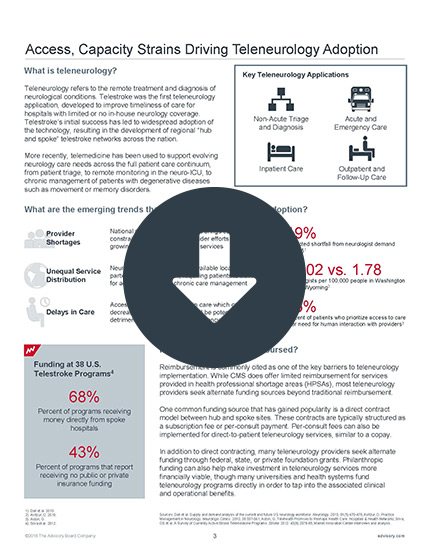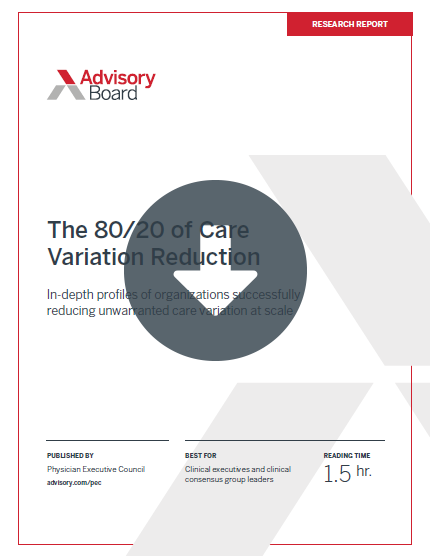Auto logout in seconds.
Continue LogoutThe late Sherman Hershfield, a California physician, spent decades rehabbing patients with brain injuries, but after suffering his own series of strokes, he developed a sudden new talent: speaking in rhymes, Jeff Maysh reports for The Atlantic.
Here's how a 63-year-old white doctor staked his territory in Los Angeles' underground hip-hop scene.
First, a series of mysterious blackouts
In the late 1980s, Hershfield was the medical director of the rehabilitation center at the San Bernardino Community Hospital, where he helped patients with brain injuries rebuild their lives. He also worked in private practice, providing nonsurgical spinal care. He was completely dedicated to his patients: "Sometimes I worked from 6 a.m. to 3 a.m.," he said.
But even with this experience, Hershfield, who at the time was in his 50s, couldn't understand why he experienced occasional blackouts. He was in seemingly good health; he exercised regularly, didn't smoke or drink alcohol, and adhered to a strict vegetarian diet.
It wasn't until Hershfield suffered a grand mal seizure that an MRI revealed that his blackouts had actually been a series of small strokes. Doctors diagnosed him with antiphospholipid syndrome, which causes the immune system to generate antibodies that increase the risk of blood clots. At any moment, a clot could make its way to Hershfield's brain and kill him.
Doctors prescribed blood-thinning medication and suspended Hershfield's driver's license, but he was able to keep treating patients. He just had to take the bus to work.
Then, an unusual side effect
Hershfield experienced the common aftereffects that affect many stroke patients. He slurred his speech and developed a stutter, Maysh reports.
But Hershfield also experienced some unusual personality changes. He developed a strong, newfound interest in writing poetry, and his friends said he began to speak in rhyme, Maysh writes.
Notably, when Hershfield dropped a rhyme, like "Now I have to ride the bus. It's enough to make me cuss," his slur and stutter disappeared, Maysh writes.
Such personality-altering side effects are not unheard-of among stroke patients, Maysh reports. In fact, Oliver Sacks, a physician and author, dubbed such effects "sudden musicophilia," describing a rush of creativity occurring after a brain injury or stroke.
From doctor to rapper
In Hershfield's case, rhyming went from being "a symptom" of his condition to a "cure," Maysh writes.
As he began exploring his newfound talent, Hershfield first turned to poetry, often reciting his compositions during his bus rides.
One day, a man selling jewelry overheard Hershfield and suggested he should take his talents to Leimert Park, Maysh writes. Located in South Central Los Angeles, Leimert Park has been a center of African-American culture since the 1960s, with artists like Duke Ellington, Miles Davis, and Ray Charles all living nearby.
It's also home to Project Blowed, an open-mic workshop established by the KAOS Network for up-and-coming rappers. The project is considered a "tough breeding ground for rappers," where the predominantly black audience forces unprepared rappers off the stage by chanting "Please pass the mic!"
But Maysh writes that Hershfield, then a 63-year-old white man, "knew nothing about any of this." He showed up, secured himself a slot on the open-mic night as "Dr. Rapp," and read a poem about the Holocaust.
It was, at best, a mixed success. Ben Caldwell, the proprietor who allowed Hershfield to perform, said, "The first time he was up there, he wasn't that successful." Even so, in a sign of respect, the crowd did not chant him off.
Hershfield himself recognized his need for improvement. "At that time I thought I was rapping," he later recalled. "I wasn't rapping. I was just reading poetry. It didn't have any beat. When you're on rap street, you gotta have that beat."
So Hershfield dedicated himself to learning about hip-hop, listening to artists such as NWA and Run-DMC. Every week he came back to Project Blowed, and in 1999 he attended an event with rapper KRS-One, an emcee who had "created one of hip-hop's most enduring records" and was a leading rap scholar, Maysh writes.
During a Q&A session at the event, Hershfield told KRS-One his story, and as he spoke, he started rhyming.
"I started to have a stroke. Went broke," he said. "I started to think and speak in rhyme. I can do it all the time. And I want to get to do the rap, and I won't take any more of this crap."
According to KRS-One, "He got a standing ovation." The rapper gave Hershfield his phone number and helped him cultivate his rapping skills.
Caldwell said, "People respected him and he could work on his chops, work on his brain. It was interesting to see how well we all accepted him."
A second seizure
Over time Hershfield's reputation grew, and radio and television crews sought him out. In 2000, he appeared on a panel about violence in rap, during which he got into a verbal confrontation with Ice-T, "one of gansta rap's pioneers," Maysh writes.
Hershfield also continued to perform every week at Project Blow. He felt certain that rapping was helping to control his seizures, but even so, he always knew it was only a matter of time before the next seizure hit.
When it finally happened, he was at Project Blowed. Tasha Wiggins, an employee for KAOS Network, recalled, "Everybody stopped what they were doing, trying to nurture Dr. Rapp."
The incident wasn't fatal. Hershfield lost some speech function, and once again, he used rap to recover his speech, Maysh reports.
Hershfield continued to work with Project Blowed until his health deteriorated to the point that he was forced to quit both hip-hop and medicine, Maysh writes.
He continued to face mounting health challenges, and on March 29, 2013, at the age of 76, "Dr. Rapp" died of cancer in Los Angeles (Maysh, The Atlantic, 1/16).
Toolkit: Reduce stroke care variation
Hospitals and health systems investing in care variation reduction (CVR) often focus on stroke care. Stroke is a top-opportunity condition for CVR nationally, from both a quality improvement and cost savings perspective.
This toolkit provides downloadable templates and examples from a successful stroke care variation reduction strategy. Use these tools to jumpstart your own care variation reduction efforts, and scale those efforts system-wide.
Don't miss out on the latest Advisory Board insights
Create your free account to access 1 resource, including the latest research and webinars.
Want access without creating an account?
You have 1 free members-only resource remaining this month.
1 free members-only resources remaining
1 free members-only resources remaining
You've reached your limit of free insights
Become a member to access all of Advisory Board's resources, events, and experts
Never miss out on the latest innovative health care content tailored to you.
Benefits include:
You've reached your limit of free insights
Become a member to access all of Advisory Board's resources, events, and experts
Never miss out on the latest innovative health care content tailored to you.
Benefits include:
This content is available through your Curated Research partnership with Advisory Board. Click on ‘view this resource’ to read the full piece
Email ask@advisory.com to learn more
Click on ‘Become a Member’ to learn about the benefits of a Full-Access partnership with Advisory Board
Never miss out on the latest innovative health care content tailored to you.
Benefits Include:
This is for members only. Learn more.
Click on ‘Become a Member’ to learn about the benefits of a Full-Access partnership with Advisory Board
Never miss out on the latest innovative health care content tailored to you.



